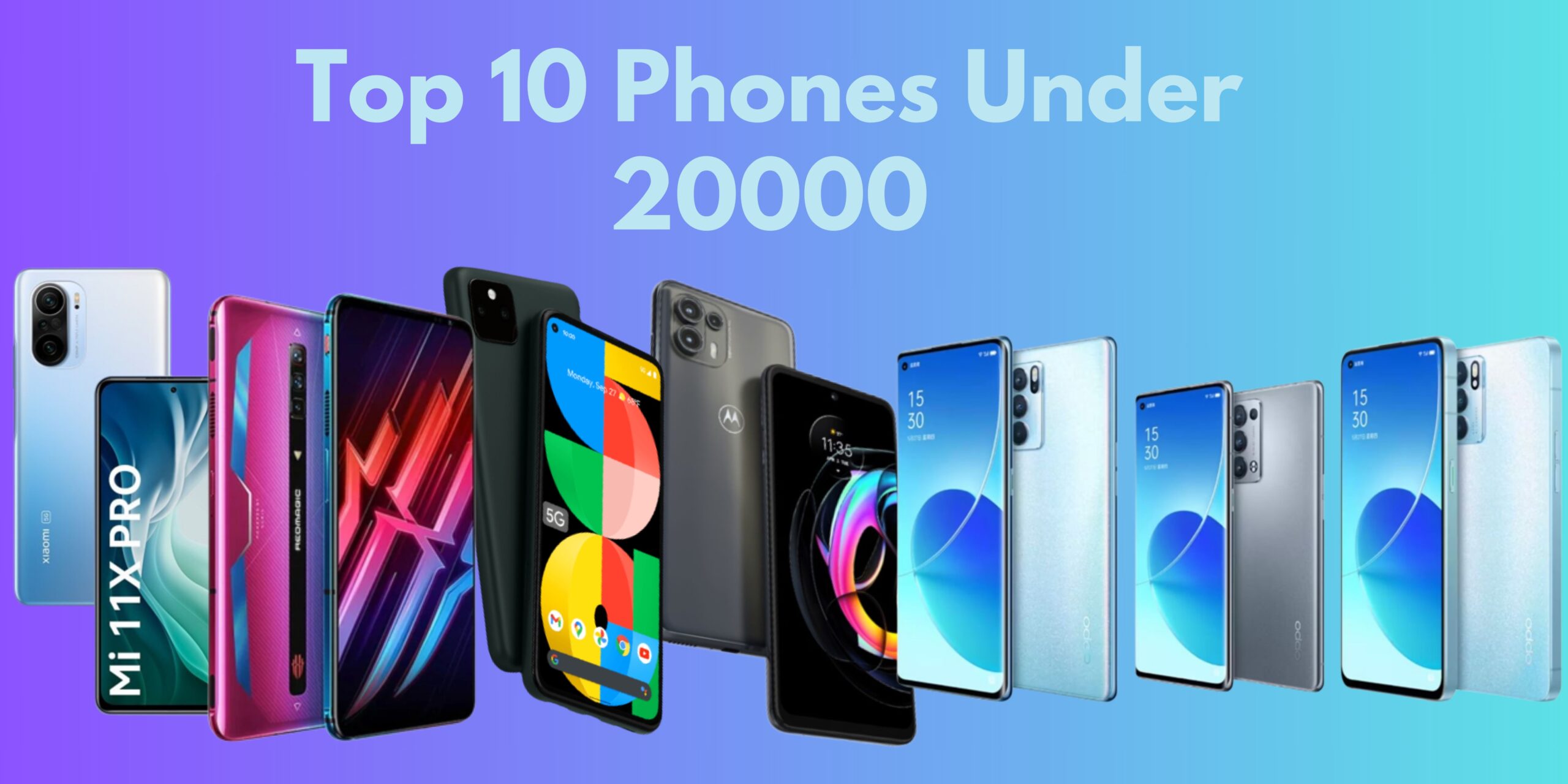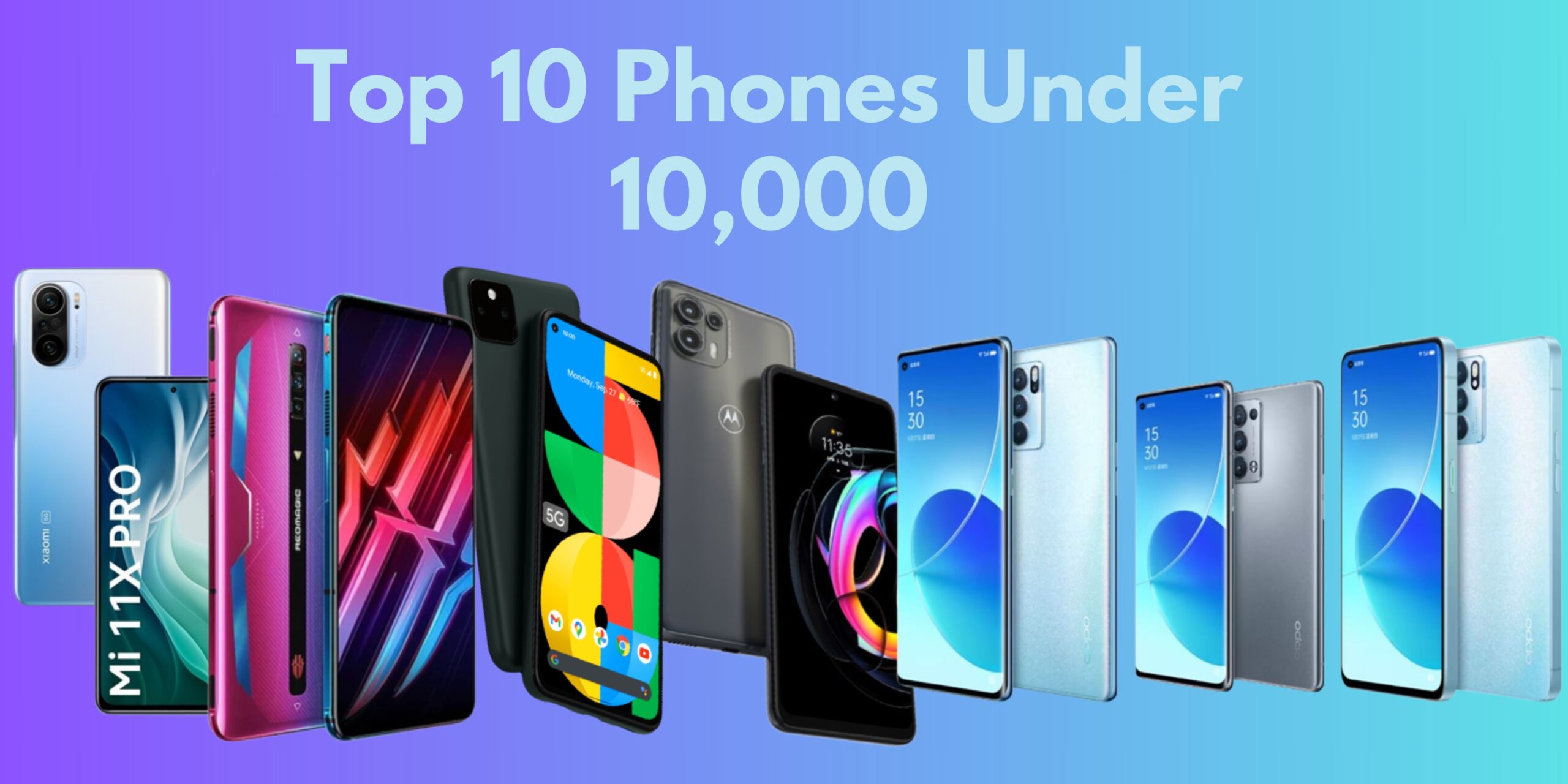Wearable technology has come a long way, from early fitness trackers to sophisticated smartwatches and augmented reality glasses. As we stand on the cusp of a new era, the future of wearable technology holds exciting promises, ushering in a realm where devices seamlessly integrate into our daily lives, enhance our capabilities, and contribute to a more connected and personalized experience. In this article, we delve into the trends and possibilities that define the future of wearable technology.
Current State of Wearable Technology
1. Smartwatches and Fitness Trackers: Smartwatches have evolved beyond mere timekeeping devices, incorporating fitness tracking, health monitoring, and communication features. Fitness trackers, on the other hand, have become integral for health-conscious individuals, offering real-time insights into physical activity, sleep patterns, and vital signs.
2. Augmented Reality (AR) and Virtual Reality (VR): AR and VR technologies have found their way into wearable devices, providing immersive experiences for users. AR glasses overlay digital information onto the real world, enhancing productivity and interaction. VR headsets offer immersive gaming, training simulations, and virtual travel experiences.
3. Health and Medical Wearables: Wearables are increasingly becoming essential tools for health monitoring. Devices can track heart rate, blood pressure, and glucose levels, and even detect early signs of certain medical conditions. The integration of wearables with healthcare systems facilitates remote patient monitoring and personalized healthcare.
Trends Shaping the Future
1. Biometric Sensors and Health Monitoring: The future of wearables is heavily focused on improving health and well-being. Advanced biometric sensors will provide more accurate health data, enabling wearables to track a broader range of health metrics. Continuous monitoring of physiological parameters can lead to early detection of health issues and personalized health insights.
2. Seamless Integration with Everyday Life: Future wearables aim for seamless integration into daily life, with devices becoming more discreet and blending into clothing or accessories. The integration of flexible displays and lightweight materials will contribute to wearables that are comfortable, stylish, and unobtrusive.
3. Enhanced Connectivity and 5G Integration: Wearables will leverage enhanced connectivity, with 5G networks playing a pivotal role. Faster data speeds, lower latency, and increased device density will enable wearables to deliver more robust and real-time experiences. This is particularly crucial for applications like augmented reality and responsive health monitoring.
4. AI and Machine Learning: Artificial intelligence (AI) and machine learning algorithms will power the intelligence behind wearables. These technologies will enable devices to learn user preferences, predict behaviour, and provide personalized recommendations. AI-driven insights will make wearables more intuitive and adaptive to individual needs.
Future Applications
1. Neural Interface Devices: Advancements in brain-machine interface technology could lead to wearables that interface directly with the human brain. Neural interface devices may enable control of devices through thoughts and facilitate enhanced communication between humans and machines.
2. Smart Fabrics and Textiles: The integration of technology into fabrics opens up possibilities for smart clothing. Wearables embedded in textiles could monitor health metrics, provide haptic feedback, or even change colour based on environmental conditions. Smart fabrics offer a novel approach to the design and functionality of wearables.
3. Augmented Reality for Productivity: AR wearables will transform how we work by overlaying digital information onto the physical world. Smart glasses with AR capabilities could be used for hands-free navigation, immersive training scenarios, and collaborative work environments, enhancing productivity across various industries.
Challenges and Considerations
1. Privacy and Security Concerns: As wearables become more ingrained in our lives, concerns about data privacy and security become paramount. Protecting sensitive health and personal information from unauthorized access and ensuring secure data transmission will be critical.
2. Battery Life and Energy Efficiency: The demand for smaller, more powerful wearables poses challenges for battery life. Future advancements may focus on improving energy efficiency, exploring alternative power sources, or developing innovative charging solutions to address the limitations of current battery technologies.
3. Standardization and Interoperability: A proliferation of wearables from various manufacturers underscores the need for standardization and interoperability. Establishing common standards will ensure that different devices can seamlessly communicate and share data, enhancing the overall user experience.
The future of wearable technology holds immense promise, pushing the boundaries of what is possible in human-device interactions. From health monitoring and immersive experiences to seamless integration into everyday life, wearables are poised to become indispensable companions in our connected world. As technology continues to advance, the fusion of wearables with artificial intelligence, biometrics, and new materials will create a future where the line between humans and devices becomes increasingly blurred, opening doors to innovative and personalized possibilities that redefine the way we live, work, and experience the world.


